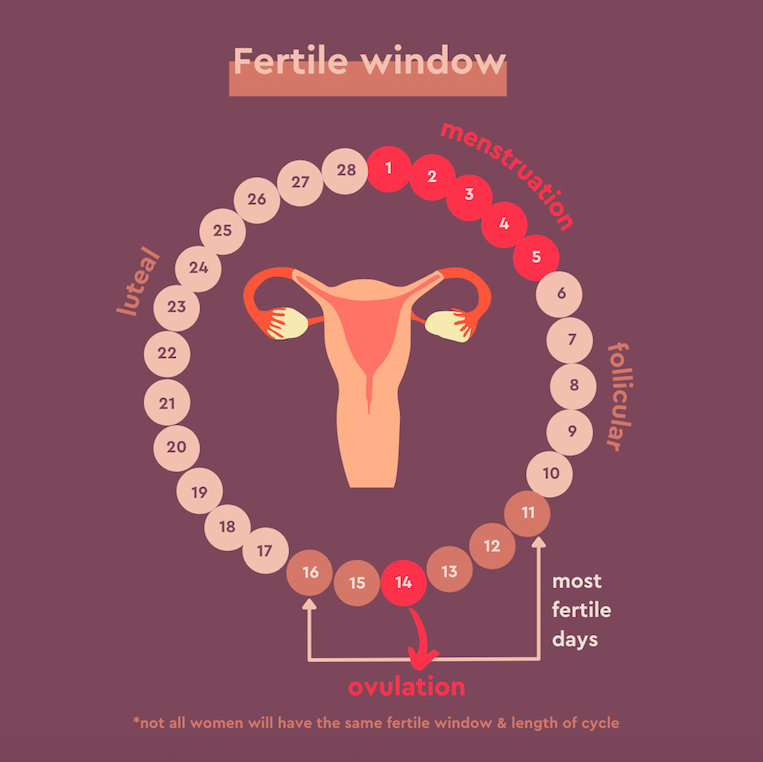Free Ovulation Calculator & Calendar (works for irregular periods too!)
A woman's menstrual cycle and ovulation
Menstrual cycles vary. The average cycle length is 28 days and around 30% of women ovulate around the middle of their menstrual cycle - meaning 70% of women don't ovulate regularly in the middle of their menstrual cycle.
Ovulation is the release of an egg from one of the ovaries. Most women are led to believe this usually happens around 14 days after the start of their last period and 14 days before their next menstrual period. However, as stated above for 70% that varies from woman to woman and from one menstrual cycle to the next.
That is why we created this ovulation calculator to help everyone get started with understanding their cycle.
From the data you input, you will instantly receive a full ovulation calendar which includes:
- Date your next period should begin
- Dates of your fertility window
- Your ovulation date
Knowing your most fertile days can increase your chances of getting pregnant significantly.
What's the difference between 'regular reproductive cycles' and 'irregular reproductive cycles'?
Your 'cycle' is the number of days from the start date of your last period to the start date of your next period. If that number of days is about the same from one reproductive cycle to the next (within 1-4 days) and more often than not you have almost no variation in the number of days, then you have 'regular' cycles and the average number of cycle days is a useful guideline for the length of your cycles.
If your cycle length varies 5 days or more from one cycle to the next, and particularly if you find that cycles rarely have the same number of days, then you have a degree of 'irregular' cycles. Don't worry though, most women can conceive naturally even if they have irregular cycles, they just need a little more help.
When is the Fertile Window?
Your fertile window is governed by two important factors: how long an egg survives when it's released from one of your ovaries, and how long sperm can survive in your body.
An egg survives 24-48 hours after you’ve ovulated, while sperm can survive for up to five days in the body. So you have a fertile window of 6-8 fertile days in each cycle when egg and sperm can successfully meet and you can get pregnant.

[1] The key publication outlining the accuracy and positive predictive value of advance prediction of ovulation was shown at the 2014 ESHRE meeting: Papaioannou S, Delkos D, Pardey J (2014).
[2] The accuracy of ovulation confirmation by OvuSense is based on the data set originally published at the 2013 ASRM meeting as a quality index: Papaioannou S, Aslam M (2013), and developed in [1]
[3] Internal Fertility Focus side by side study of OvuFirst and OvuCore Sensors (2021), documented as a class II medical device in the notified body reviewed CE Certificate Technical File.
